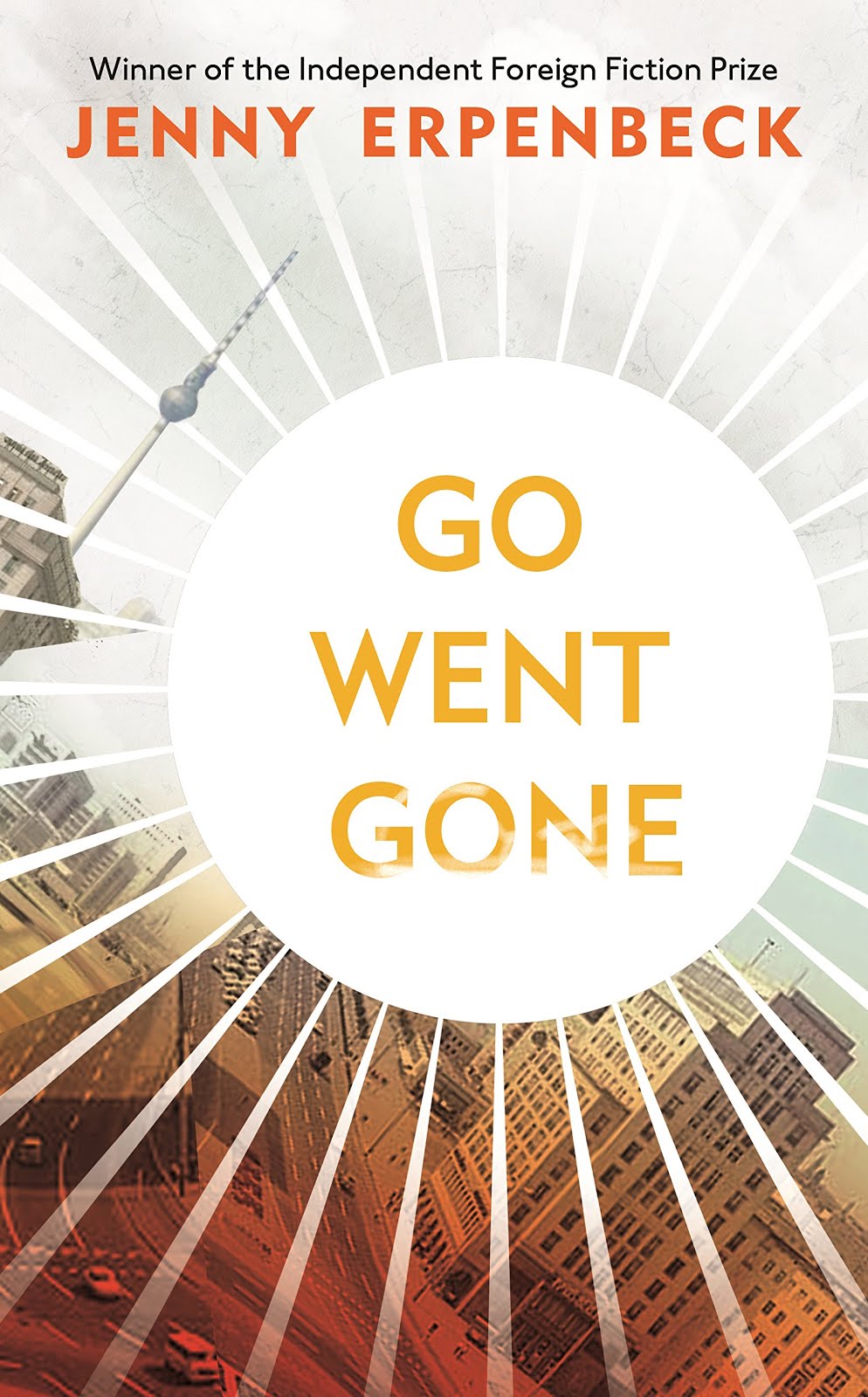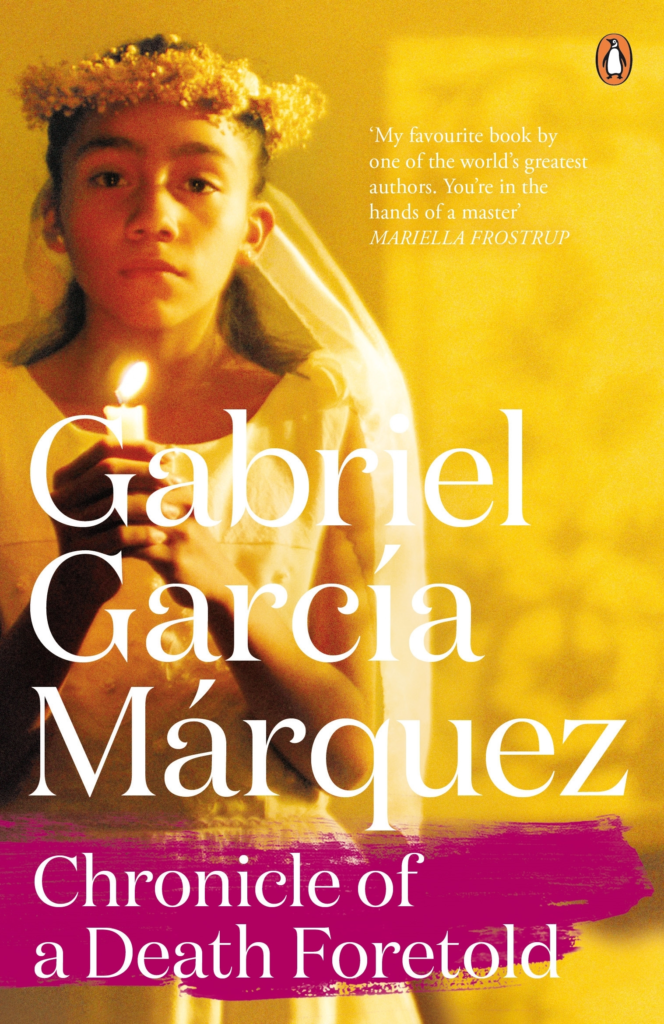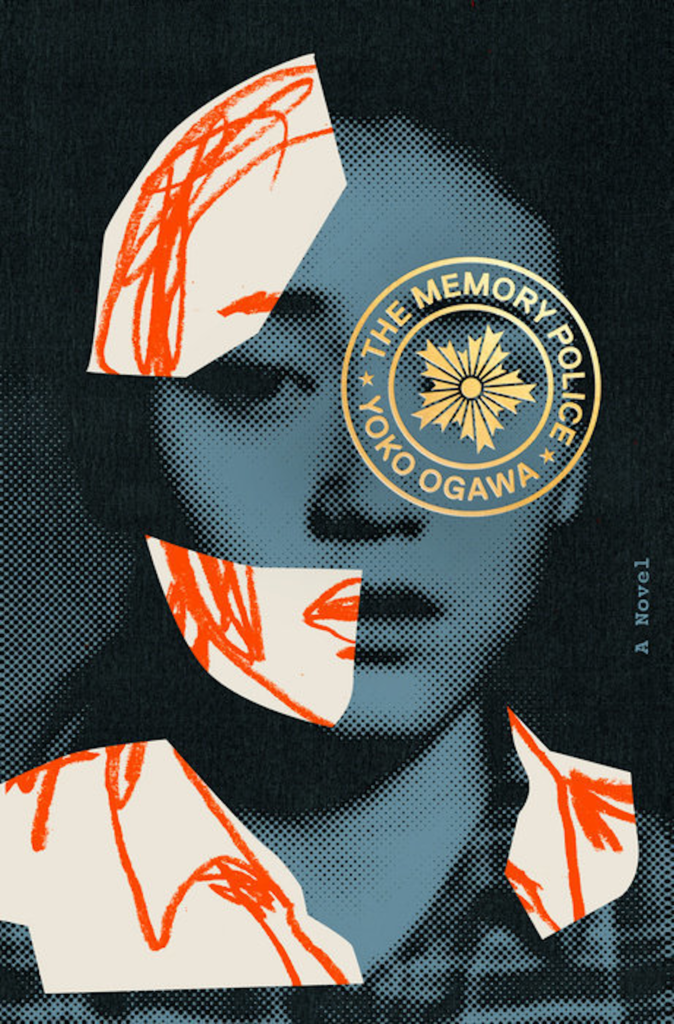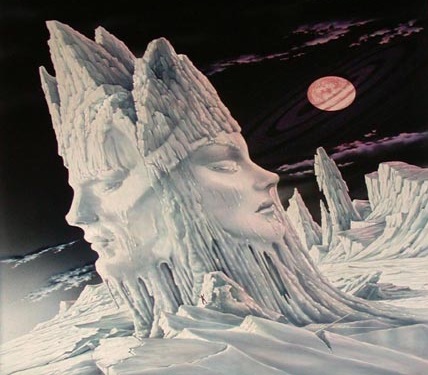This Resource is for students in Year 12 studying ‘We Have Always Lived in the Castle’ in AOS1: Unit 3, Reading & Responding to Texts, Analytical Text Response, in the Victorian VCE Mainstream English Curriculum
Introduction
‘We Have Always Lived in the Castle’ is Shirley Jackson’s last completed novel and, much like the majority of her other works, it features gothic type female characters suffering from mental disorders and the house which represents a place of both security and imprisonment. The genre is mystery, thriller and gothic set in 1962 in a small town in New England 6 years after the Blackwood family were murdered. The tone and mood are sinister, frightening and at times darkly humorous.
It is a story about two sisters, Constance and Mary Katherine (Merricat) Blackwood, who continue to live away from the society after the murder of the rest of their family – a crime which is later revealed to have been committed by 12-year-old Merricat herself. Jackson also describes the two sisters as two halves of the same person, two completely opposite sides of one personality. Another important thing about this novel is that the home of Blackwood sisters is one of the central themes. As well as in other Jackson’s works, “the house is a deeply ambiguous symbol—a place of warmth and security and also one of imprisonment and catastrophe” (Zoë Heller, “The Haunted Mind of Shirley Jackson”). It is the place where the sisters find a sanctuary from the abusive villagers, as well as the place where they are being punished and, in the end, confined.
Through this novel, Jackson challenges the idea of happiness, as well as the morality of both society and individual. These two in particular are in conflict, as is the case in many other Jackson’s stories. Merricat, the narrator of the story, is desperately trying to escape the society and its norms, while those same people are trying to punish her for it. The novel parodies the role of the housewife, but also twists it by making the submissive Constance into a participant in the murder. The idea of persecution of people who exhibit ‘otherness’ or become treated as outsiders by small town villagers is at the forefront of Jackson’s novel.
Who was the Author Shirley Jackson?
Shirley Jackson was an American writer known primarily for her works of horror and gothic mystery. She wrote 6 novels, two memoirs and 200 short stories.
Born in 1916 Jackson herself led a haunted and peculiar life. In order to escape from her abusive mother “who was disappointed by her daughter and who made it clear that she would have preferred a prettier, more pliable one” (Heller), Jackson married Stanley Edgar Hyman who ended up cheating on her and being jealous of her success. Trapped in another almost hostile household, she appears to have found her way of rebelling through her writing. As Zoë Heller points out “[t]he motif of a lonely woman setting out to escape a miserable family or a grimly claustrophobic community and ending up “lost” recurs throughout Jackson’s stories”. Her main characters are mostly female, often women with psychological problems who are being punished by society. Her novel ‘We Have Always Lived in the Castle’ is no different. After writing this final novel, “Jackson suffered a nervous breakdown and a prolonged bout of acute agoraphobia that prevented her going outside for half a year” (Heller) not unlike Constance, one of the protagonists. Jackson died at age 49 in 1965.
1st Person Narrator – Mary Katherine (Merricat) Blackwood
Mary Katherine (Merricat) Blackwood is the main protagonist and the first-person narrator of Shirley Jackson’s novel. She is an interesting character through whose eyes the reader follows the events in what has remained of the Blackwood family. That being said, Mary Katherine is also the most disturbed individual in the novel and is increasingly losing touch with reality, which makes her point of view not only highly biased, but utterly unreliable. She could be described as a hypersensitive paranoid schizophrenic, sometimes behaving mildly retarded, but only outwardly, inwardly she is razor-sharp in her observations and hyperalert to threats to her wellbeing.
In addition, her characteristics contribute to the creation of the uneasy, strange and gothic elements in the atmosphere of the novel. The book opens with Mary Katherine introducing herself, but her first sentences are disturbing and ominous, also the first clue to the reader that she is not exactly an ordinary character: “I have often thought that with any luck at all I could have been born a werewolf” (p.1). In addition, she says: “I like my sister Constance . . . and Amanita phalloides, the death mushroom. Everyone else in my family is dead” (p.1).
Merricat, like other mentally damaged people, fears change in the unvarying rituals of her household and is ‘domesticated’ by only one person, her older sister Constance. The way for her to deflect change or threat to the ordinary is to use witchcraft involving a simple magic of ‘safeguards’ that were supposed to ward off bad omens.
Constance Blackwood – Protagonist and Sister to Merricat
Mary Katherine and her older sister Constance are pure opposites of one another. While Merricat is lively and energetic, loves to spend time outside, and can be quite aggressive, Constance seems to be more timid, submissive, and reluctant to leave her kitchen. Constance is perhaps the one who comes closest to the idea of an innocent heroine. Throughout the whole novel, she is trying to justify Merricat’s behaviour and it is possible to ascribe this kind of reaction to extreme fear or love, but both of these emotions are then stretched to the point of being unhealthy.
Of course, Constance is not mentally healthy to begin with – the most obvious proof being her fear of outer space (agoraphobia). It is certain that the readers will never really know how Constance came to be how she is now; whether she has always been that way or the death of her family and the events that followed are what made her that way. But if it is taken into consideration that it is extreme love what Constance feels for her mentally ill sister, one has to wonder how far that love is ready to go, and what kinds of terror it is ready to justify. But through the characters of Merricat and Constance, Jackson also shows just how cruel and disturbed women can be.
What Prompted the Girl’s Mental Problems?
At this point, the reader also has to wonder what prompted the girls’ mental problems and the murder of their parents, as the murder may be seen as a sort of liberation from potential abuse. Jackson never reveals the family’s history, which leaves enough room for speculation, and indeed, even escalation of the hidden horrors in the family.
The Importance of the Setting of ‘The Castle’
The setting in gothic fiction often plays the key role in the story, so it is no surprise that the setting of this novel is mentioned already in its title. “The castle” is in fact the Blackwood mansion, now almost completely deserted, save for Mary Katherine, her sister Constance and Uncle Julian. The interesting thing about it is that it acts both as the place of security for the sisters, as well as the place of their confinement.
Conclusion about the Novel
At the end of the novel after the fire, the Blackwood sisters willingly barricade themselves in their home in order to escape the abusive society which hates them for breaking their rules. However, by doing so on their own will, Constance and Merricat reverse the trap, making their prosecutors into the submissive ones, the ones who continue to serve and fear the sisters, turning their isolation into a somewhat ‘happy ending’. The gothic fairy tale is of the more wicked variety, with the ending ironic and literal, the consequence of unrepentant witchcraft and a terrible sacrifice of others.
| Main Characters | ||
| Mary Katherine (Merricat) Blackwood – narrator & protagonist | Constance Blackwood – older sister of Merricat & progatonist | Uncle Julian Blackwood – brother of John Blackwood & uncle to the 2 girls |
| Charles Blackwood – cousin to the girls & main antagonist | Jonas – Merricat’s cat | Helen Clarke – old friend of the Blackwood family |
| Stella – runs a café in the village | Jim Donell – one of the villagers who hates the Blackwoods | Jim Clarke – husband of Helen |
| Themes | ||
| Female power & female powerlessness | Home as a sanctuary or confinement | Patriarchal society & male power |
| Sexual repression | Vengeance & dislike of change | Sadistic fantasies & hate |
| Family & gender & human nature | Innocence & guilt & punishment | Isolation & sacrifice |
| Relativity of truth | Witchcraft | Mental & personality disorders |
| Murder & evil & horror | Abusive society & otherness | Fear & being haunted |
| Symbols | ||
| Food & ritual meals | The poisoned sugar | The moon |
| The Blackwood’s house & its property | The cellar in the house | Jonas Merricat’s cat |
| Amanita phalloides – death cap mushroom – poisonous | Merricat’s rituals & magic | Constance & Merricat’s household rituals |
| The safe & money |
| Irony | ||
| Merricat is the actual murderer (situational irony) | The villager’s views of justice (dramatic irony) | Julian’s view of Merricat (dramatic irony) |
| Constance as undutiful daughter (verbal irony) |
| Imagery | ||
| The Blackwood house | The Blackwood’s land | Jonas’s restlessness |
| The moon | Constance & Merricat’s appearance | The village setting |















 Look carefully at the similarities and differences between the two main characters Genly Ai and Therem Harth Rem Ir Estraven in Ursula K. Le Guin’s
Look carefully at the similarities and differences between the two main characters Genly Ai and Therem Harth Rem Ir Estraven in Ursula K. Le Guin’s 